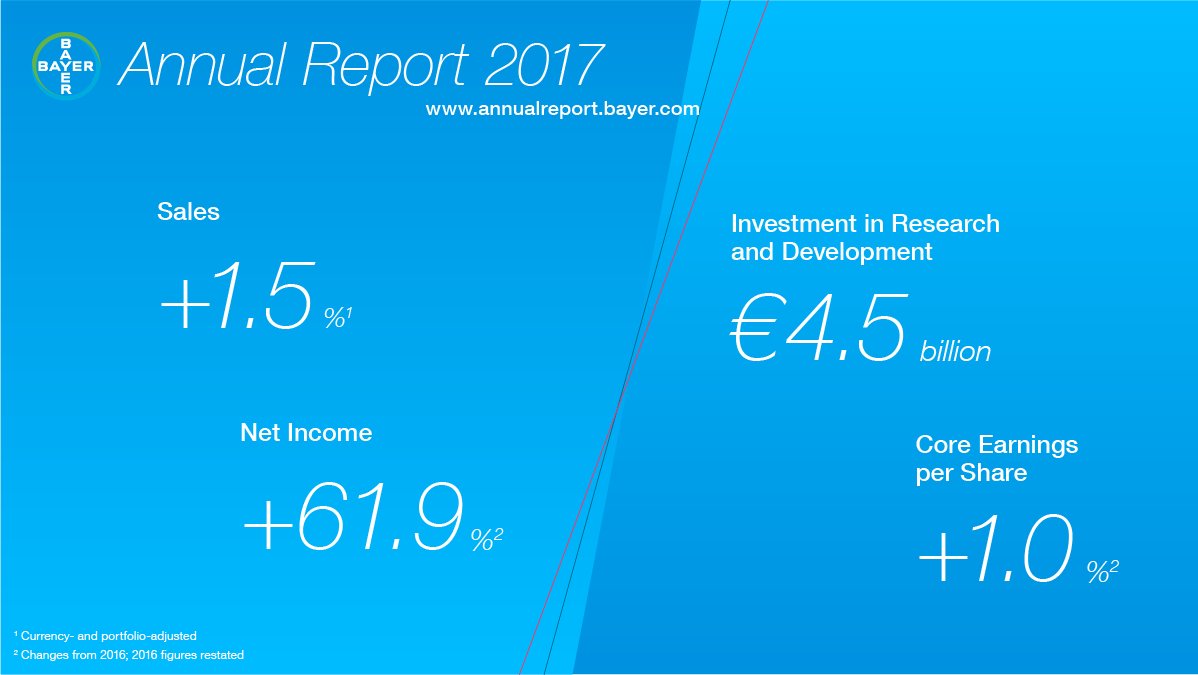| Subsidiary (P.T. in legal form) | |
| Industry | Telecommunication |
|---|---|
| Founded | Jakarta, Indonesia (26 May 1995) |
| Headquarters | Telkomsel Smart Office, Jl. Jendral Gatot Subroto kav. 52, Jakarta, Indonesia |
Key people | Setyanto Hantoro (CEO) |
| Products | kartuHalo, simPATI, Kartu As, Flash, by.U, and LOOP |
| Owners | PT Telekomunikasi Indonesia Tbk (65.0%)[1] Singapore Telecommunications Limited via its wholly owned subsidiary Singapore Telecom Mobile Pte. Ltd. (35.0%)[2][3] |
| Parent | PT Telkom Indonesia Tbk |
| Website | Official website |
- Carrier, Telkomsel Indonesia, with over 193 million mobile subscribers. Vodacom’s “Annual Results for year ended 31 March 2018” presentation. Telkomsel Annual Report 2017. For personal use only.
- ANNUAL REPORT 2019 3 IMPROVED MOMENTUM Telkomsel has successfully delivered growth and revenue from data supported by solid digital products and services offerings, as shown by improved momentum in 2019. 12.2% 53.6% 54.7% 161,938 16.7% 212,235 6,715,227 3G/4G BTS 2019 5.2 2018 3.4.
- Annual Report: 2016: PT TELKOM INDONESIA (PERSERO), TBK Laporan Tahunan 2016. Korporasiana adalah tentang sekilas data perusahaan-perusahaan di Indonesia. Informasi, permintaan pemuatan maupun perubahan, hubungi: info@annualreport.id.
PT Telekomunikasi Selular, trading as Telkomsel, is an Indonesian wireless network provider founded in 1995 and is a subsidiary of Telkom Indonesia. It is headquartered in South Jakarta.
Telkomsel is the largest wireless carrier in the country with 163 million customer base as of 2018.[4] The company Operates their GSM network on the 900–1800 MHz frequency range, as well as 3G and 4G services on other frequencies. Telkomsel operates a variety of sim card brands, chief among them are simPATI and kartuHALO. These brands differ on their payment model (pre-paid vs. post-paid) as well as pricing. As of 31 March 2015, Telkomsel has 46% of the Indonesian wireless service market share.[5]

History[edit]
2012 Annual Report 7 PT TELEKOMUNIKASI SELULAR June Telkomsel launched the revamped kartuHalo, with a more dynamic image and an array of new features and benefits, including a stronger network, broader coverage, priority access to faster data services, more affordable international roaming and GrooviaLite for films and videos on demand. Telkomsel registered 10% increase in its customer base to 169 million, including 90 million of data customers as at end of March 2017. Airtel’s total mobile customer base covering India, Sri Lanka and across Africa, reached 356 million as at 31 March 2017.
Telkomsel was incorporated on 26 May 1995 in Jakarta, Indonesia. It is majority owned by Telkom Indonesia with 65% of the shares, with Singapore Telecommunications Limited owning the minority 35%.[6] In November 1997, Telkomsel became the first wireless carrier in Asia to introduce rechargeable GSM pre-paid services. In September 2006, Telkomsel became the first carrier in the country to launch a 3G service.
On 20 March 2009, Telkomsel and Apple South Asia Pte. Ltd. launched the iPhone 3G in Indonesia with customised price plans for all of Telkomsel's customers.[7] Three years later, Telkomsel had acquired more than 100 million active customers.[8]
In April 2017, the company website was hacked, and a message protesting about high charges and unnecessary extra services was posted. There was widespread support for the hacker on social media.[9]
In 2020, Telkomsel started a partnership with The Walt Disney Company to offer the streaming platform Disney+ Hotstar.
Network coverage[edit]
As of 2018, Telkomsel has 160.705 Base Transceiver Stations (BTS) with 68.7% being 3G/4G capable.[10] The network uses GSM Dual Band (900 & 1800), GPRS, EDGE, 3G, and 4G technologies.
The company has 323 international roaming partners in 170 countries (September 2008). In addition, Telkomsel has worked with network carriers in neighboring countries to offer the co-branded simPATI Kangen product for Indonesians living abroad.
References[edit]
- ^'Continuing to Win in the Digital Era'(PDF). Telkomsel.com. Retrieved 26 April 2017.
- ^'Shareholding Pattern | Bharti Airtel'. Airtel.in. Archived from the original on 24 May 2012. Retrieved 28 June 2012.
- ^'Shareholding Pattern as of Dec 2011| Bharti Airtel'(PDF). Airtel.in. Archived from the original(PDF) on 26 August 2012. Retrieved 28 June 2012.
- ^'Telkomsel 2018 Annual Report'(PDF).
- ^'Annual Report 2014'(PDF). Info.singtel.com. Retrieved 26 April 2017.
- ^'Telkomsel on BusinessWeek'. Investing.businessweek.com. Retrieved 23 July 2010.
- ^'Archived copy'. Archived from the original on 17 December 2011. Retrieved 7 December 2011.CS1 maint: archived copy as title (link)
- ^'Telekomunikasi Indonesia – Telkom – Indonesia Investments'. Indonesia-investments.com. Retrieved 26 April 2017.
- ^Dion Bisara; Herman (18 April 2017). 'Telkomsel Hacked, Customers Vent Frustration Over Internet Price'. The Jakarta Globe. Retrieved 15 May 2017.
- ^Center, PT. Indonesia News. 'Pelanggan Telkomsel Membludak, Jumlah BTS Digenjot'. inilahcom. Retrieved 25 July 2018.
External links[edit]
Group
| Financial Year ended 31 March | |||||||||
| 2017 (S$ million) | 2016 (S$ million) | Change (%) | Change in constant currency (1) (%) | ||||||
| Operating revenue | 16,711 | 16,961 | -1.5 | -2.6 | |||||
| EBITDA | 4,998 | 5,013 | -0.3 | -1.5 | |||||
| EBITDA margin | 29.9% | 29.6% | |||||||
| Share of associates' pre-tax profits | 2,942 | 2,791 | 5.4 | 5.6 | |||||
| EBIT | 5,701 | 5,655 | 0.8 | 0.3 | |||||
| (exclude share of associates' pre-tax profits) | 2,759 | 2,864 | -3.7 | -4.8 | |||||
| Net finance expense | (260) | (265) | -2.0 | -3.4 | |||||
| Taxation | (1,548) | (1,597) | -3.1 | -3.2 | |||||
| Underlying net profit (2) | 3,915 | 3,805 | 2.9 | 2.3 | |||||
| Underlying earnings per share (S cents) | 24.4 | 23.9 | 2.0 | 1.4 | |||||
| Exceptional items (post-tax) | (63) | 66 | nm | nm | |||||
| Net profit | 3,853 | 3,871 | -0.5 | -1.0 | |||||
| Basic earnings per share (S cents) | 24.0 | 24.3 | -1.4 | -1.9 | |||||
| Share of associates' post-tax profits | 2,093 | 1,930 | 8.4 | 8.3 | |||||
'Associate' refers to either an associate or a joint venture as defined under Singapore Financial Reporting Standards.
'nm' denotes not meaningful.
Notes:
(1) Assuming constant exchange rates for the Australian Dollar, United States Dollar and/or regional currencies (Indian Rupee, Indonesian Rupiah, Philippine Peso and Thai Baht) from the previous year ended 31 March 2016 (FY 2016).
(2) Underlying net profit refers to net profit before exceptional items.
The Group performed in line with its guidance for the financial year ended 31 March 2017.
Underlying net profit grew 2.9% on higher associates’ earnings and lower tax expenses. With an exceptional loss compared to an exceptional gain in FY 2016, net profit was stable at S$3.85 billion. Excluding Airtel which faced disruptive price competition in India, net profit would have grown 2.3%.
The Group’s operating revenue declined by 1.5% due mainly to continued declines in voice (local, IDD, roaming) partially offset by strong growth in data, ICT and digital revenues. Excluding the impact of regulatory mobile termination rates (1) change in Australia from 1 January 2016 ('rates change'), operating revenue would have been up 2.0%.
EBITDA remained stable with investments in content and network expansion, reflecting resilience in the core businesses with strong cost management.
Depreciation and amortisation charges rose on increased network and spectrum investments, and higher amortisation charges on the acquired intangibles of Trustwave, Inc. ('Trustwave').
Consequently, the Group’s EBIT (before the associates’ contributions) declined 3.7%.
In the emerging markets, the regional associates continued to record strong growth in customer base and data usage with strategic investments in networks and spectrum. The customer base of the Group and its associates reached 638 million in 22 countries as at 31 March 2017, up 5.4% or 33 million from a year ago.

Despite weakness in Airtel India, the associates’ post-tax underlying profit contributions rose 8.4%. The increase was led by strong growth at Telkomsel and NetLink Trust, and first time contribution from Intouch Holdings Public Company Limited ('Intouch') acquired in November 2016, offsetting lower profits at Airtel, AIS and Globe.

Telkomsel Annual Report 2017 Calendar
Telkomsel continued to deliver robust growth across voice, data and digital services. On a consolidated basis, Airtel’s earnings fell, even as operating performance in Africa has improved. In India, Airtel’s results were adversely affected by the new operator which offered free voice and data, as well as higher network depreciation, spectrum amortisation and related financing costs. Both AIS and Globe recorded higher revenues but earnings were impacted by increased depreciation, spectrum amortisation charges and financing costs. NetLink Trust’s revenue and earnings grew at double-digit on the back of increased fibre penetration in Singapore.
Including the associates’ contributions, the Group’s EBIT was stable at S$5.70 billion.
Net finance expense declined 2.0% on higher dividend income from the Southern Cross consortium partly offset by higher interest expense on increased borrowings and lower net interest income from NetLink Trust as a result of partial repayment of unitholder’s loan by NetLink Trust in March 2016.
Telkomsel Annual Report 2017 2018
The net exceptional loss mainly comprised share of AIS’ handset subsidy costs, share of Singapore Post’s exceptional loss, and staff restructuring costs partly offset by a gain on dilution of equity interest in Singapore Post.
Telkomsel Annual Report 2019

Telkomsel Annual Report 2017 Sample
The Group has successfully diversified its earnings base through its expansion and investments in overseas markets. Hence, the Group is exposed to currency movements. On a proportionate basis if the associates are consolidated line-by-line, operations outside Singapore accounted for three-quarters of both the Group’s proportionate revenue and EBITDA.
Telkomsel Annual Report 2017 Printable
Notes:
(1) Mobile termination rates are the fees charged by mobile operators for receiving calls and messages on their networks.
